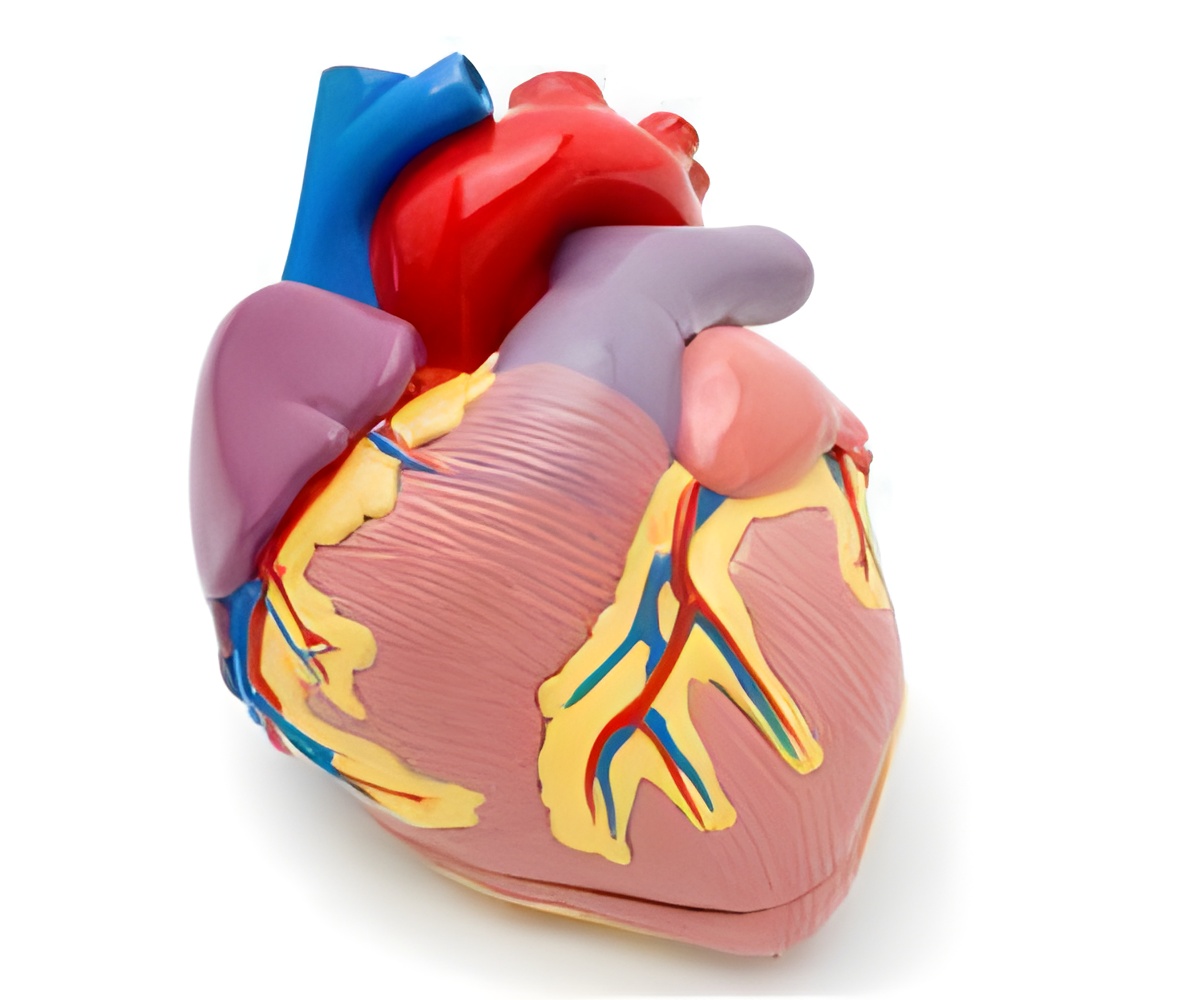
And researchers led by Zhong Lin Wang at the Georgia Institute of Technology in Atlanta believe that it could run in-vivo sensors.
Wang knew that at the nanoscale carefully constructed wires of zinc oxide could act as piezoelectric materials - materials that convert mechanical energy into electricity.
Thus, he collaborated with colleagues to create a flexible generator that could harvest energy from natural actions such as breathing or heartbeats.
The team deposited zinc-oxide nanowires on a flexible polymer substrate that allows the nanowires to bend in a variety of ways.
They sealed the device in a polymer to shield it from body fluids and to ensure that any electricity they measured was generated by the device, not background interference.
Advertisement
"The device is so tiny, you can barely see it by eye," New Scientist quoted Wang as saying.
Advertisement
Then, the researchers implanted a similar device on a different rat's heart, generating around 30 picoamps at 3 millivolts.
While the amount of energy generated is small, researchers are hopeful that they can scale up its output enough to power simple implantable nanosensors - blood pressure or glucose sensors, for instance - that have modest power requirements and don't need a continuous supply.
Wang said that the device can capture motion in any direction, so it does not have to be fixed in a particular alignment.
"Any deformation can drive the device," he added.
The study has been published in the journal Advanced Materials.
Source-ANI
TAN










